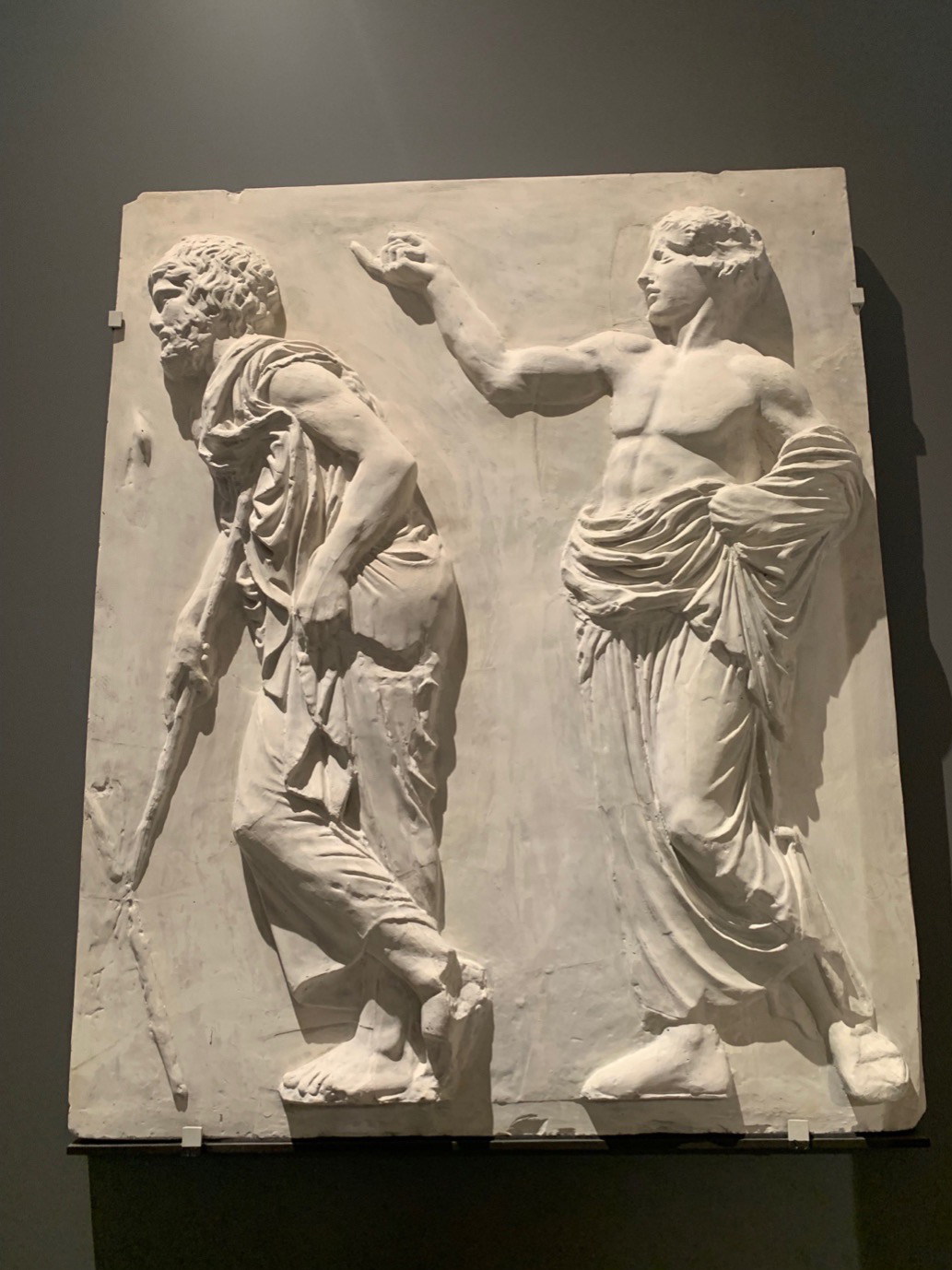

Plaster
My Louvre by Antoine Compagnon

Plaster
The Louvre only possesses a few fragments of the Parthenon frieze, the majority of which is divided between the British Museum in London and the New Acropolis Museum in Athens (a magnificent building by the architect Bernard Tschumi). But I am touched by this plaster cast (Sully, room 347). It was poured in the nineteenth century from a mold made in 1787 by the French archeologist and diplomat Louis-François-Sébastien Fauvel, who lived in Athens for many years. He was outmatched by Lord Elgin, the British Ambassador to Constantinople who shipped the Parthenon marbles to London. Now, the original of this fragment from the Panathenaic procession has disappeared in the years since Fauvel molded it. The only remaining trace of it is this plaster cast. That is why it is precious and exhibited in majesty, even though it is only a copy.